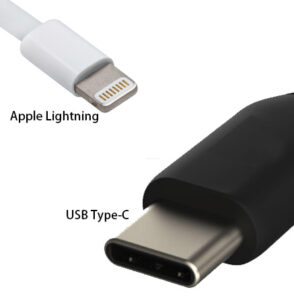
What Trouble Do We Meet With Apple Lightning & Type-C For Audio POP ?
2017-11-30Challenge in the filed with Apple Lightning & Type-C For Audio Retail Demo
 Building a retail headphone demonstration system becomes a challenge, When Type-C and Lightning will take place of the conventional 3.5mm headphone port on smartphones.
Building a retail headphone demonstration system becomes a challenge, When Type-C and Lightning will take place of the conventional 3.5mm headphone port on smartphones.
There will be some demanding requirements from headphone retail integrators like:
“Can you build a type C port and a lightning port on board to accept type C & lightning input for the consumers ?”
This is technically feasible, considering the known pin assignment of type-C pin & lightning port for audio part, and Apple’s MFI program is also open for retail display manufacturers like AOK Displays.
But that would be a long headache for communicating with Apple MFI licensing.
Alternatively, We could use the ready type-C to 3.5mm and lightning to 3.5mm adapter cables.

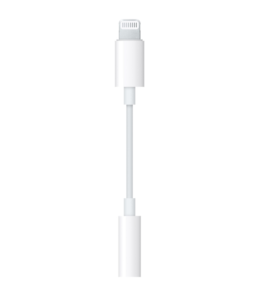
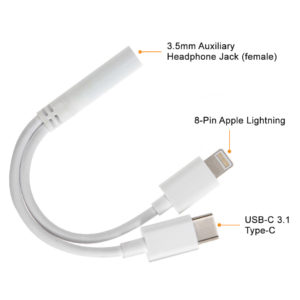
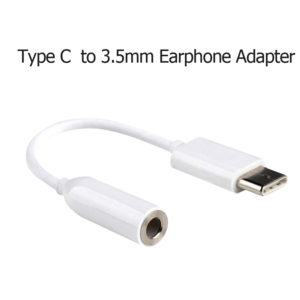
Obviously, Combining P1 & P2 could support either type C and lightning input from today’s latest smartphones’ headphone ports.
Is that all done, so easy ? Then what’s the challenge when the cables are available from any retail channel ?
Type-C and Apple Lightning Are Different
For Type-C, we can use it analogue audio output pins for cable adapter, this is no difference with conventional 3.5mm to 3.5mm cable, see the following type-C pinout:
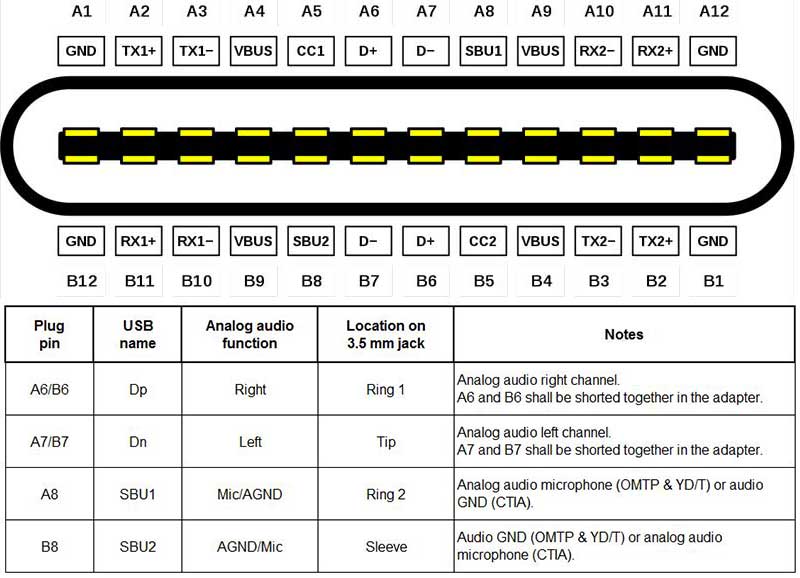
But we would never be so lucky with Apple Lightning Port, there is no analogue audio output in lightning port, and yes, like what Apple does for all of their products, there is a communication controller there for audio output, see the pin out as below:
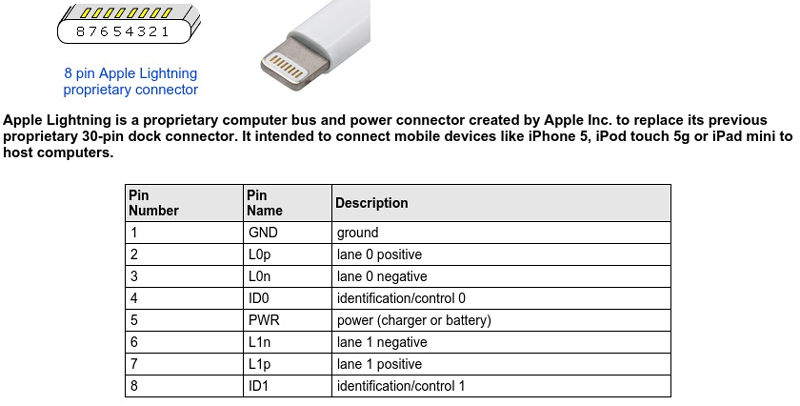
For lightning port, it is digital signal output to the adapter cable and inside the adapter cable there is some extra circuitry including DAC and impedance compatibility components.
Connecting lightning cable to 3.5mm for customer line-in user experience would never be the same as what we have now with 3.5mm to 3.5mm cable, because of the in-built circuitry inside, there will be an added load to the line-in port, it brings extra noise before the music starts as well as when the volume is low.
How to solve the extra noise caused by the DAC circuitry built-into lightning to 3.5mm adapter ?
1# Change the line-in detection into audio detection
For line-in detection system, once the 3.5mm is plugged in, the retail audio demonstrator would trigger a picture display or a video repeat, immediately;
But for audio detection, the triggering point is not the line-in moment, it is when the audio signal is detected then the triggering becomes enabled.
In this way, users pick up the phone, with line-in cable inserted, they would not listen any noise before music starts.
2# Add low-pass filter to get rid of the extra noise
As explained on 1#, the noise before music starts is already deleted, how would we do if there is still some noise ?
Headphone brands don’t want its users to listen the extra noise !
We have a built-in low-pass filter circuitry on-board to tune the audio signal, for this part, we are able to change the parameter of the filter’s capacitors and resistors to avoid the extra noise.
At last, retail integrators may have a question like this:
Do we have a perfect choice to make a system friendly to both 3.5mm, type-C and lightning port ?
The answer is YES !
We could make multiply line-in detection port, saying 2 pcs of 3.5mm port, one port for line-in power detection, the other is for audio signal detection. And the port compatibility issue, we leave this task to get solved by the very creative cable adapter manufacturers.
Other popular news
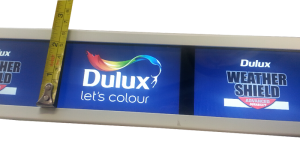
Why Don’t We Develop Networked Shelf Video Strip When We Are Able To ?
5 years ago, we released our 4K media player with 512MB super small RAM and hardware video decoder...
 2017-05-23
2017-05-23
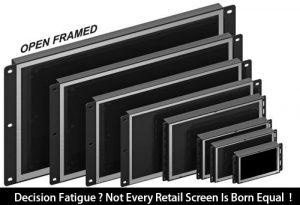
POP Retail Screens: Critical Decision Factors & Hardware Variations
5 years ago, we released our 4K media player with 512MB super small RAM and hardware video decoder...
 2019-02-12
2019-02-12
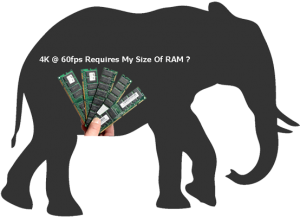
Why 512MB RAM is Competent For 4K@ 60fps Playback When Many People Stays with 2GB RAM ?
5 years ago, we released our 4K media player with 512MB super small RAM and hardware video decoder...
 2017-05-20
2017-05-20

